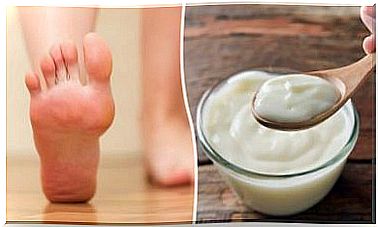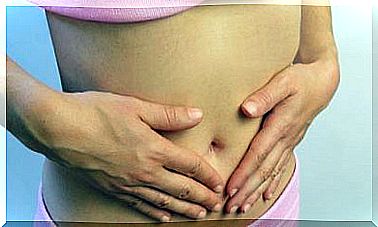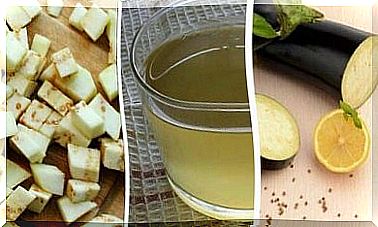What Is The FODMAP Diet?
The FODMAP diet is a diet free of short chain carbohydrates with very limited or indigestible absorption in the gut. What does this diet consist of? What are its benefits ? Here are more details.
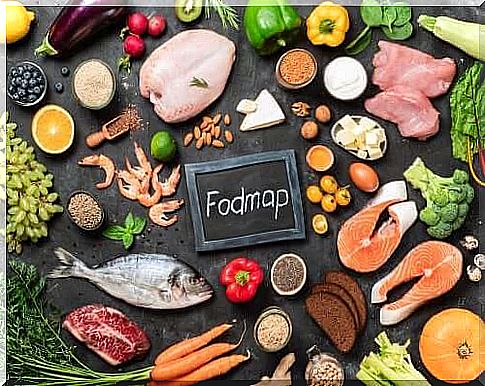
Do you suffer from intestinal disease? The FODMAP diet can actually help you improve your symptoms or even eliminate them. In general, this diet eradicates certain foods that are difficult to digest. Do you want to know more? And how can this diet help you?
The FODMAP diet
The “ Low FODMAP ” diet is a type of diet promoted by researchers at Monash University in Australia. FODMAP is an English acronym which stands for: fermentable, oligosaccharides, disaccharides, monosaccharides, and polyols.
These belong to a group of short-chain carbohydrates that are very difficult for absorption in the intestine. Or that are really indigestible for some people.
What is its use?
This is a type of diet whose main basis is the limitation of foods that cause symptoms in the intestine, such as:
- Abdominal swelling
- Pain in the lower abdomen
- Flatulence
- Diarrhea
- Abdominal distension
- Altered bowel habits
On the other hand, this diet can help improve pathologies such as:
- Irritable bowel
- Irritable bowel syndrome
- Ulcerative colitis
- Crohn’s disease
What is the FODMAP diet?
The FODMAP components can be found in foods that contain fructose, galactoses or polyols. We find them mainly in the following foods:
- Wheat, rye, onions and garlic, rich in fructooligosaccharides
- Legumes, they contain galacto-oligosaccharides
- Dairy products (mainly milk), which contain lactose
- Honey, syrups, apples and other fruits, which contain fructose
- Light foods , sweeteners, pears, plums. They contain polyols like sorbitol, xylitol, maltitol and mannitol
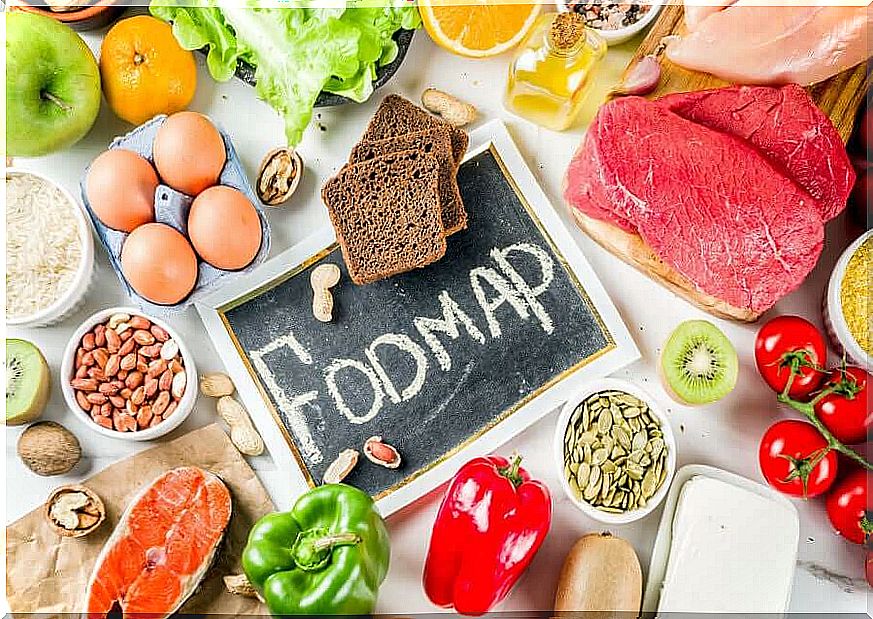
Foods high in FODMAP and which are not recommended are:
- Cereals: brown rice, oats, barley, rye, millet, whole wheat
- Legumes: beans, chickpeas, peas, broad beans, lentils
- Vegetables: garlic, artichoke, eggplant, broccoli, onion, Brussels sprouts, cauliflower, endive, asparagus, lettuce, pepper, leek, beet, mushrooms
- Fresh fruits and dried fruits: cherry, plum, raspberry, strawberries, apple, peach, melon, blackberry, pear, watermelon, grape, olive, apricot, blueberry, fig, avocado, persimmon, mango
- Dried fruits: almond, cashew, hazelnut, peanut, chestnut, walnut, pine nut, sunflower seeds, pistachio
- Dairy products and derivatives
- Processed meats
- Cold cuts
- Sweets and table sugar
- Drinks: coffee, beer, distilled drinks, liqueurs, soft drinks, tea, wine, bottled fruit juices
- Natural sweeteners : sugar, fructose, agave syrup, maple syrup, honey
- Artificial sweeteners: erythritol, isomalt, lactitol, maltitol, mannitol, sorbitol, xylitol
How is this regime applied?
The implementation of the FODMAP diet consists of 3 steps:
- Restriction phase: usually lasts 6-8 weeks and includes strict restriction of all foods high in FODMAPs in order to achieve improvement in gastrointestinal symptoms
- Reintroduction phases: during this step, patients are guided to gradually introduce the restricted foods in the previous phase. Thus, it is possible to determine the tolerance of each person. This usually takes between 8 and 12 weeks
- Customization of the diet: after the reintroduction phase has passed, the diet is individualized with the aim of maintaining dietary variety and avoiding unnecessary restrictions, while monitoring symptom control
What are the benefits of the FODMAP diet?
As we have previously reported, this type of diet is recommended for the treatment of gastrointestinal illnesses. According to a study published in Gastroenterology , it has shown benefits for people with irritable bowel syndrome. Indeed, it can reduce the symptoms of the disease by 76%.
In general, reducing the fermentable substrates of gut bacteria improves disease-specific symptoms while reducing inflammation and abdominal pain. As well as flatulence and the rate of bowel evacuation.

This diet also helps improve digestive symptoms in patients with functional bowel disorders and in those with organic diseases of the digestive tract. In this study, 84% of the patients presented an improvement in their digestive symptoms as well as a strong adherence to the treatment.
After performing the reintroduction diet, more than 80% of patients again tolerated wheat, dairy products with lactose, as well as more than 70% of legumes and 2 servings of low-fructose fruit.
While this diet has its advantages, it also has its disadvantages. Indeed, we must be careful in case of constipation, because this diet is low in fiber and this symptom could worsen.
Therefore, this diet should always be put in place by a dietitian or nutritionist. Because it is a strict diet, in which foods must be personalized and introduced little by little. Finally, we must ensure a fiber intake.
